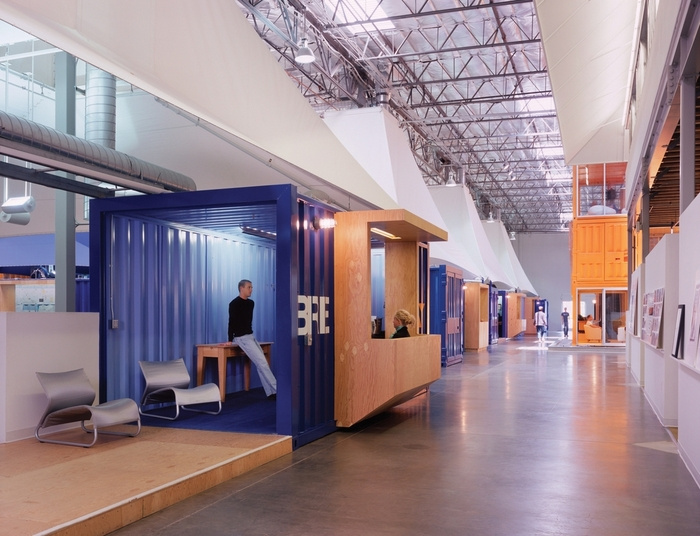
Inside Pallota TeamWorks’ Shipping Container/Tent Offices
Now-defunct for-profit fundraising company Pallotta TeamWorks worked with Clive Wilkinson Architects in 2002 to create a revolutionary office design in a Los Angeles warehouse. The space was comprised of shipping containers, tents, and raw wood elements and separated each departments into different tent villages.
Some notes about the office on the company’s website:
By 2001 the company was growing too rapidly for Crossroads to effectively accommodate it any longer. A new and completely empty 47,000 square-foot tilt-up (called this because the walls are built flat and then tilted up during construction) warehouse was located in the Atwater Village area of Los Angeles. The company had a budget of $2 million, or about $40 per square foot, to turn the empty warehouse into suitable office space. The going rate for such a project was typically a minimum of $80 a square foot. At $40 per square foot, there wasn’t even enough budget to heat and air-condition the space, so a creative approach was required. The constraints ended up giving rise to an extraordinary design exercise.
The company hired the firm of Clive Wilkinson & Associates (CWA), which had conceived other extremely creative designs with warehouse spaces. The firm’s website described the dilemma: “…to create an inspiring new headquarters for them in a raw warehouse with a shoestring budget. After a preliminary budget analysis, it emerged that they had insufficient funds to even air-condition the space.” The building materials would not include marble or mahogany, but rather raw exposed lumber, shipping containers, and tents. The inside of the office would end up looking like the outside of Pallotta TeamWorks’ own events.
Because there was not enough budget to air-condition the entire space, seven tented villages, or “breathing islands” were created inside the warehouse (one each for the departments of marketing, pledge office, logistics, creative. Event management, among others) Beautiful white tent tops contained the air inside each space. The tents were anchored to the ground by shipping containers, painted in automotive colors, which doubled as executive offices. CWA noted that “the resulting project generated considerable savings in use over conventional office build-outs, and reinforced the client’s message of promoting responsible, sustainable ways of living on this planet.”
The American Institute of Architecture, which gave the building one of its 2002 design awards, offered the following description:
“Clive Wilkinson Architects created a lively work environment in a warehouse despite a low construction budget. Mechanical and electrical systems were designed to reduce future spending on cooling, heating, and lighting. Skylights maximize daylighting, and air conditioning is limited to areas where the staff spends most of its time. ‘Work neighborhoods’ made of tents and shipping containers minimize the volume of conditioned air required. The awards jury appreciated the project’s visual richness and environmental conservation, referring to the office space as ‘truly a California concept – recycling and sustainability at its utmost,’ using the containers both for conservation and as important design elements.”
Design: Clive Wilkinson Architects

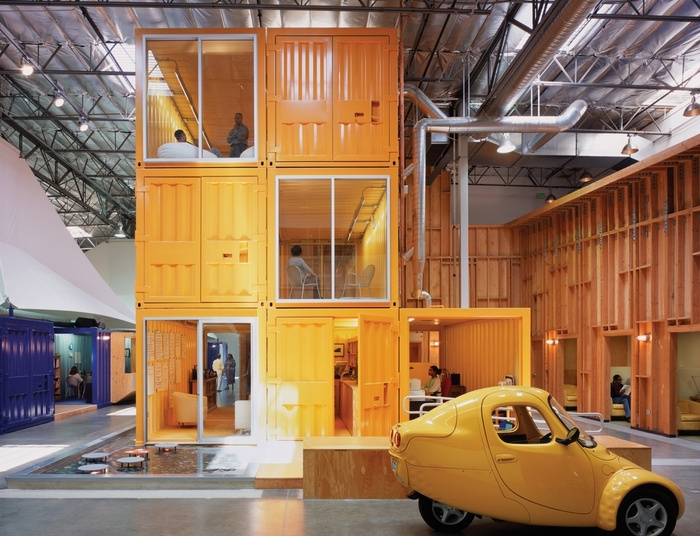
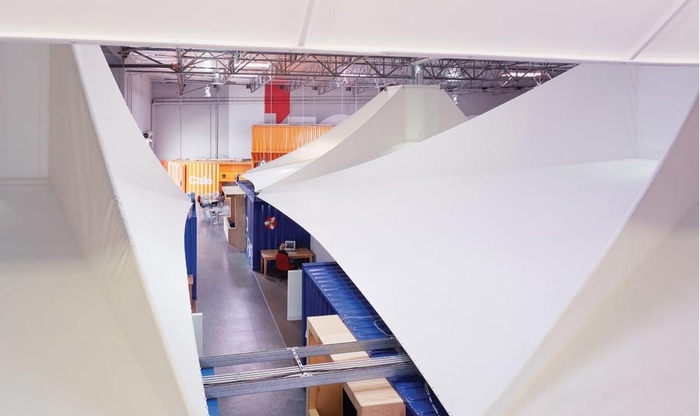

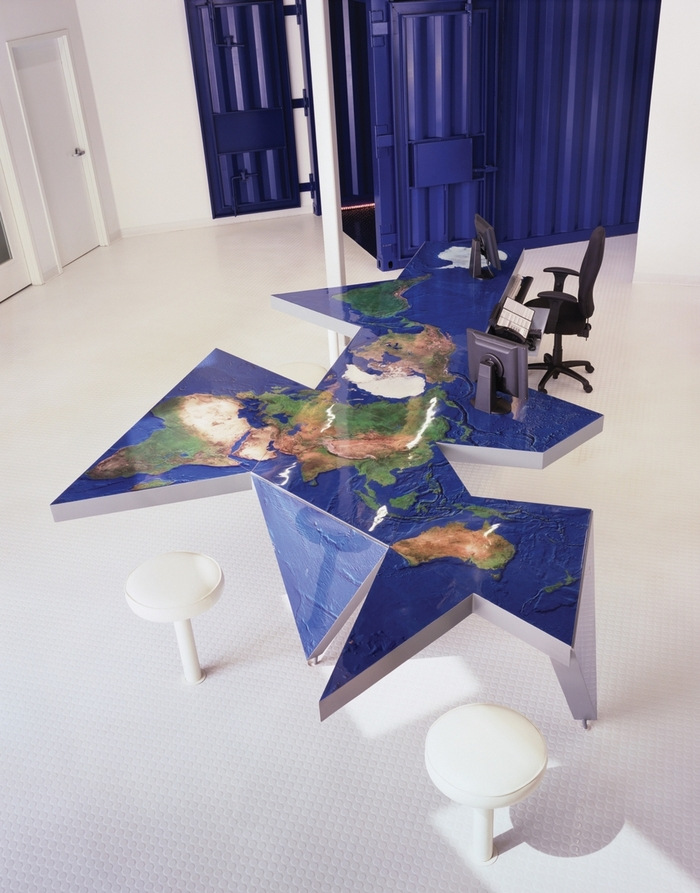
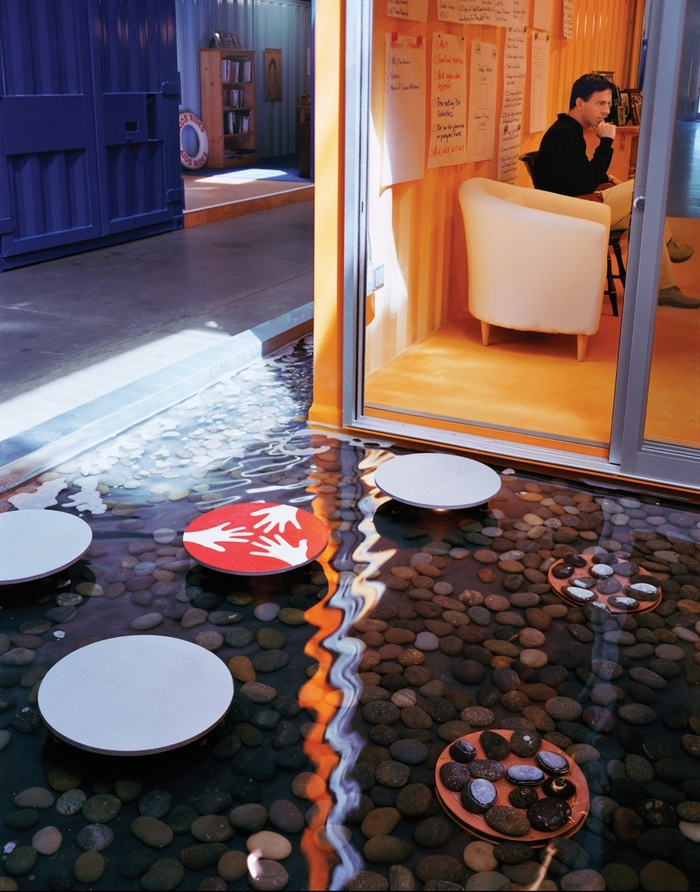
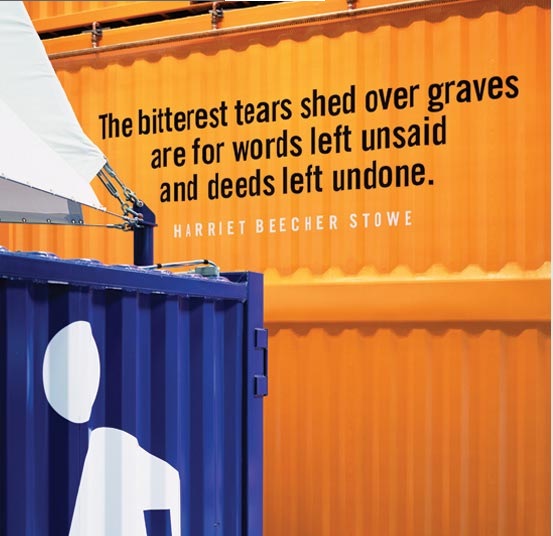



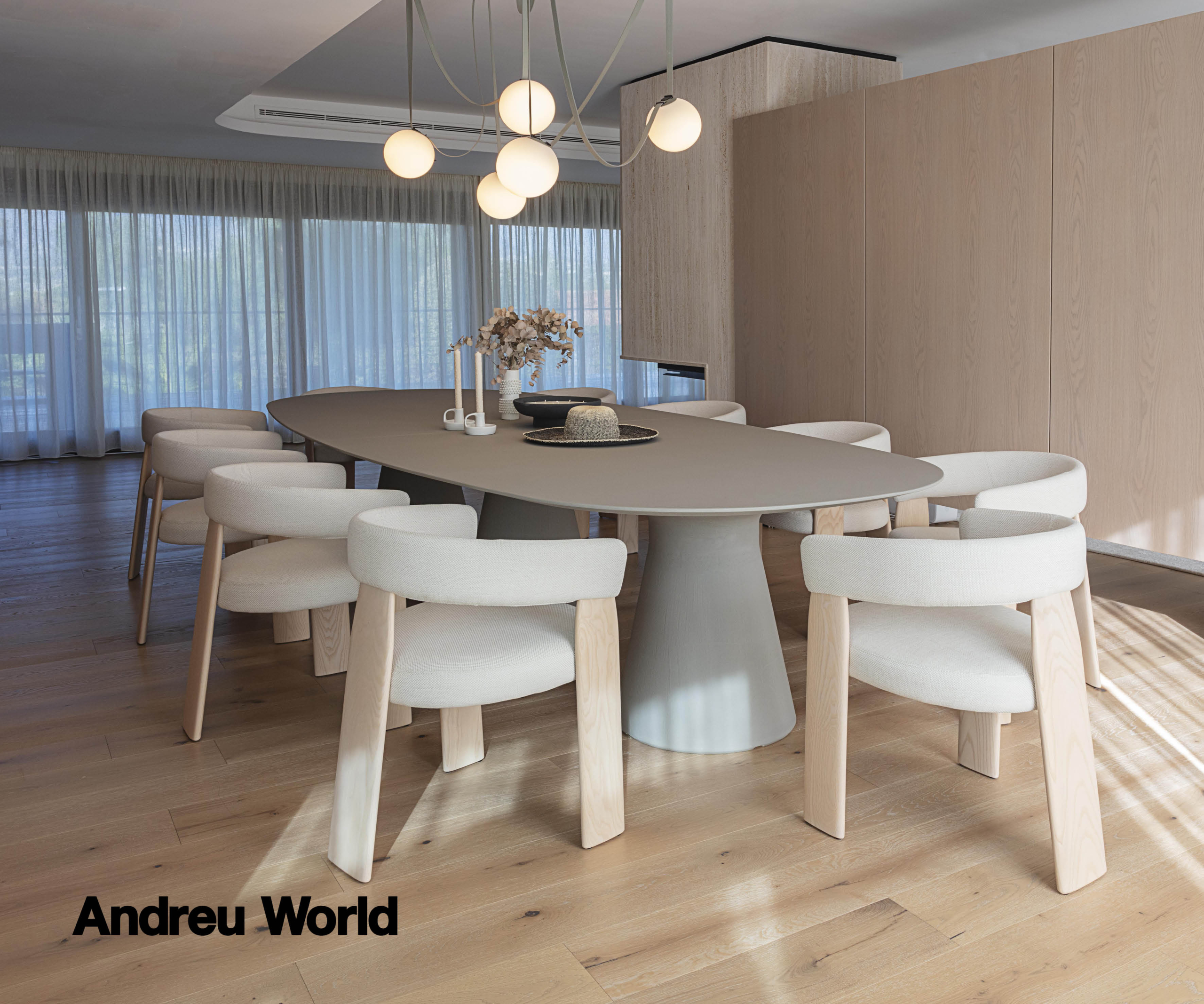





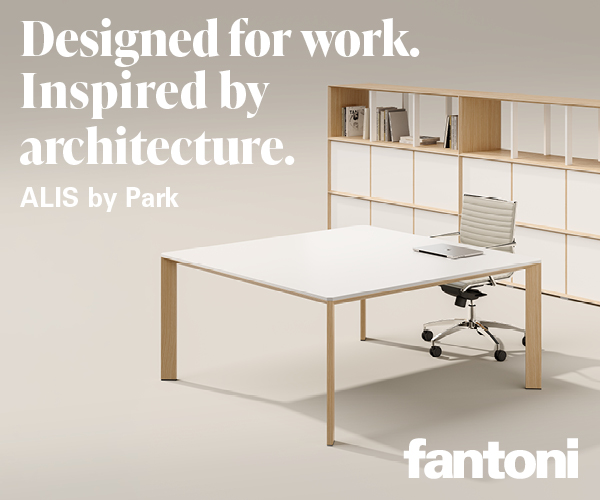







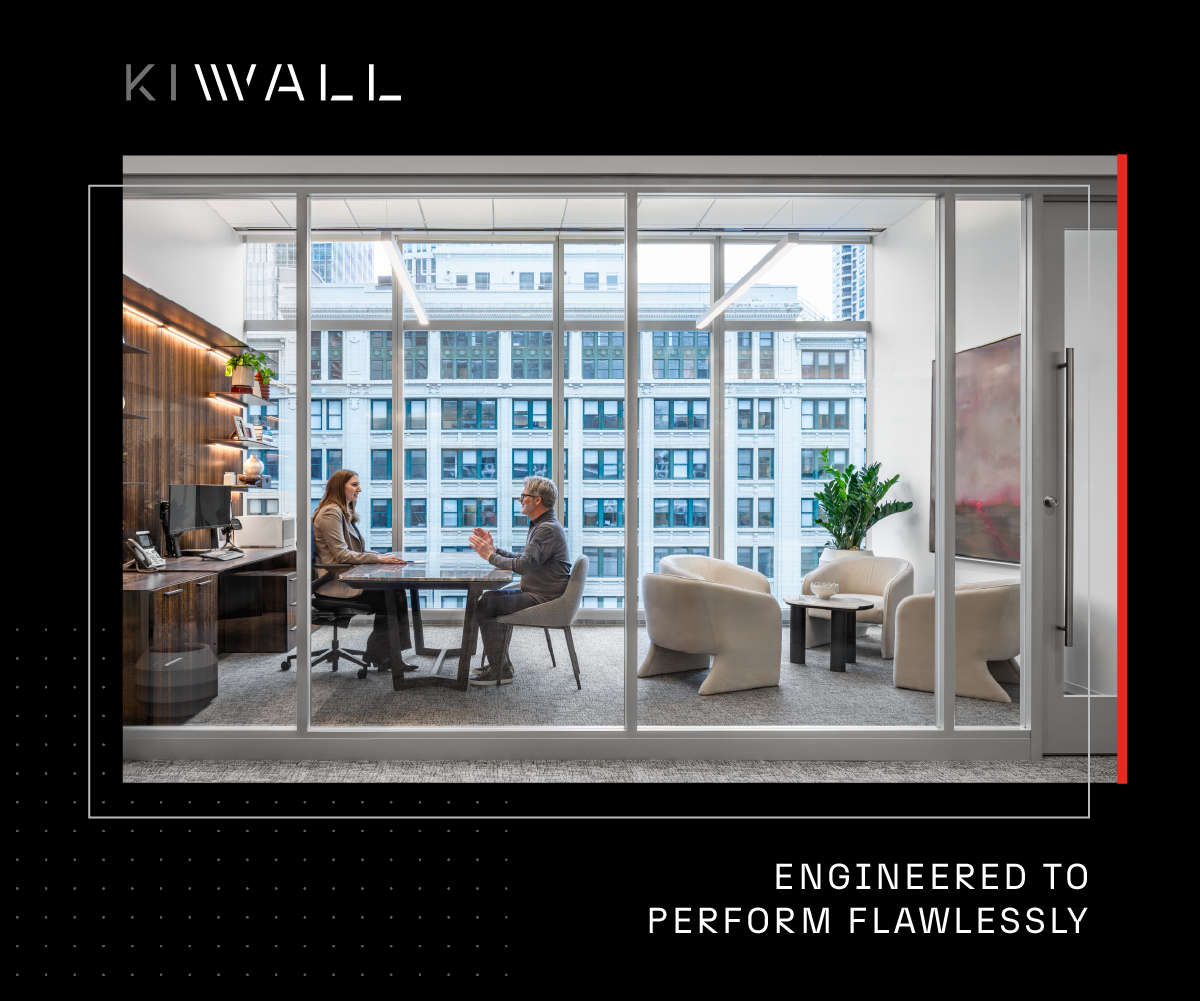
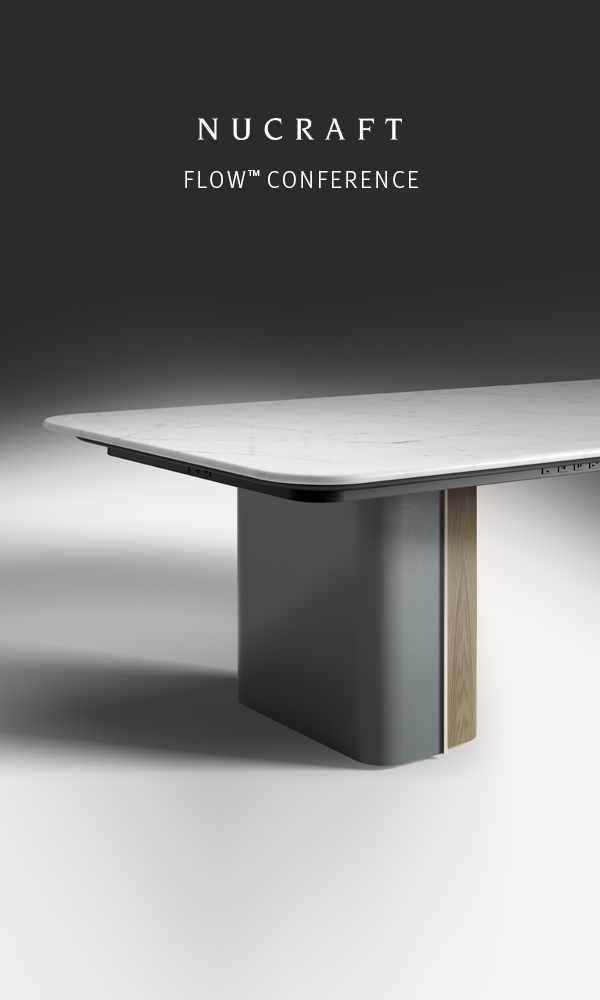
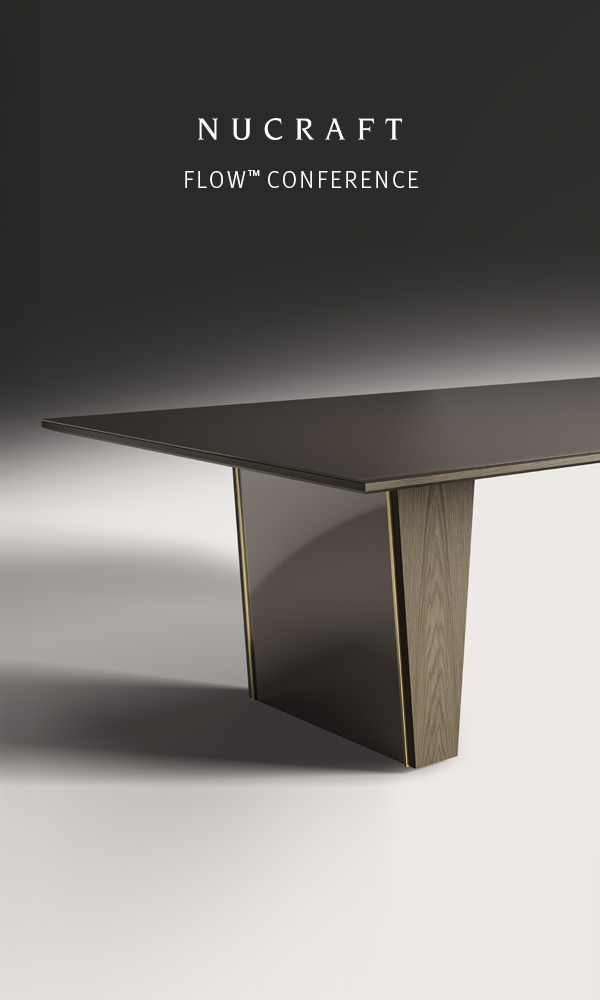








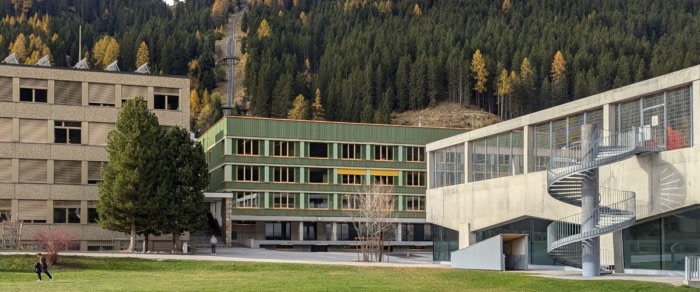
Now editing content for LinkedIn.